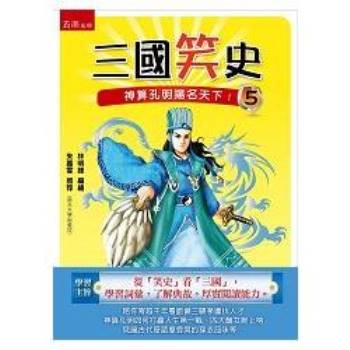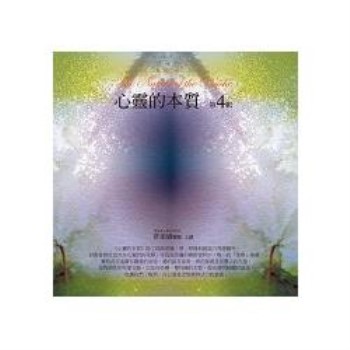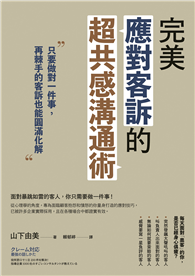The Franz Boas Papers, Volume 2 explores the development of the ethnography of Salishan-speaking societies on the North American Plateau as revealed through the correspondence between Franz Boas and the Scottish-born James Teit, who married into an Interior Salish family and community and became fluent in the Nlaka’pamux language. The letters between Teit (1864-1922) and Boas (1858-1942) chronicle Teit’s varied career as an ethnographer, from shortly after his initial meeting with Boas in 1894 until Teit’s death at the age of fifty-eight. A postscript documents Boas’s contribution to Teit’s legacy through the posthumous publication of the manuscripts Teit left unfinished at his death.
Teit made significant contributions to ethnography and the history of southern British Columbia through his photography of the people with whom he worked, his contributions to ethnomusicology and ethnobotany, his anthologies of mythic narrative, and his collections of Interior Salish--primarily Nlaka’pamux--material culture. In addition to collaborating with Boas in the development of Interior Salish ethnography, between 1909 and 1922 Teit worked to support Indigenous groups in British Columbia who were seeking recognition of Aboriginal title and resolution of their outstanding land claims. The Franz Boas Papers, Volume 2 meticulously tracks the impact of the differing career trajectories of Teit and Boas on the primary product of their collaboration--the initial development of the ethnography of societies speaking Interior Salish languages. This second volume of the Franz Boas Papers Documentary Edition is an essential primary source of archival materials for research libraries and for students and scholars of Northwest Coast and Interior Mountain West ethnohistory, Native American and Indigenous studies, history of anthropology, and modern U.S. history. It is also an essential source for Indigenous and settler descendant communities.| FindBook |
|
有 1 項符合
Teit的圖書 |
 |
$ 7200 | The Franz Boas Papers, Volume 2: Franz Boas, James Teit, and Early Twentieth-Century Salish Ethnography
作者:Boas 出版社:University of Nebraska Press 出版日期:2024-04-01 語言:英文 規格:精裝 / 1040頁 / 普通級/ 初版  看圖書介紹 看圖書介紹
|
|
|
內容簡介
作者簡介
Franz Boas (1858-1942) was a professor of anthropology at Columbia University and a public intellectual and advocate for social justice. He is the author of The Mind of Primitive Man; Primitive Art; Anthropology and Modern Life; and Race, Language, and Culture, among other books. Andrea Laforet formerly served as director of ethnology and cultural studies at the Canadian Museum of Civilization and is adjunct research professor in the School for Studies in Art and Culture, Carleton University, Ottawa, Ontario, Canada. Angie Bain is a researcher, analyst, and oral historian with the Union of British Columbia Indian Chiefs and the Lower Nicola Indian Band in Merritt, British Columbia, specializing in land claims, litigation, and community histories. John Haugen holds a certificate in research from Simon Fraser University, is a Nlaka’pamux knowledge keeper, and is a researcher at Nlaka’pamux Nation Tribal Council in British Columbia. Sarah Moritz is an assistant professor of anthropology at Thompson Rivers University. Andie Diane Palmer is an associate professor of anthropology and interim director of the Kule Folklore Centre at the University of Alberta.
|










